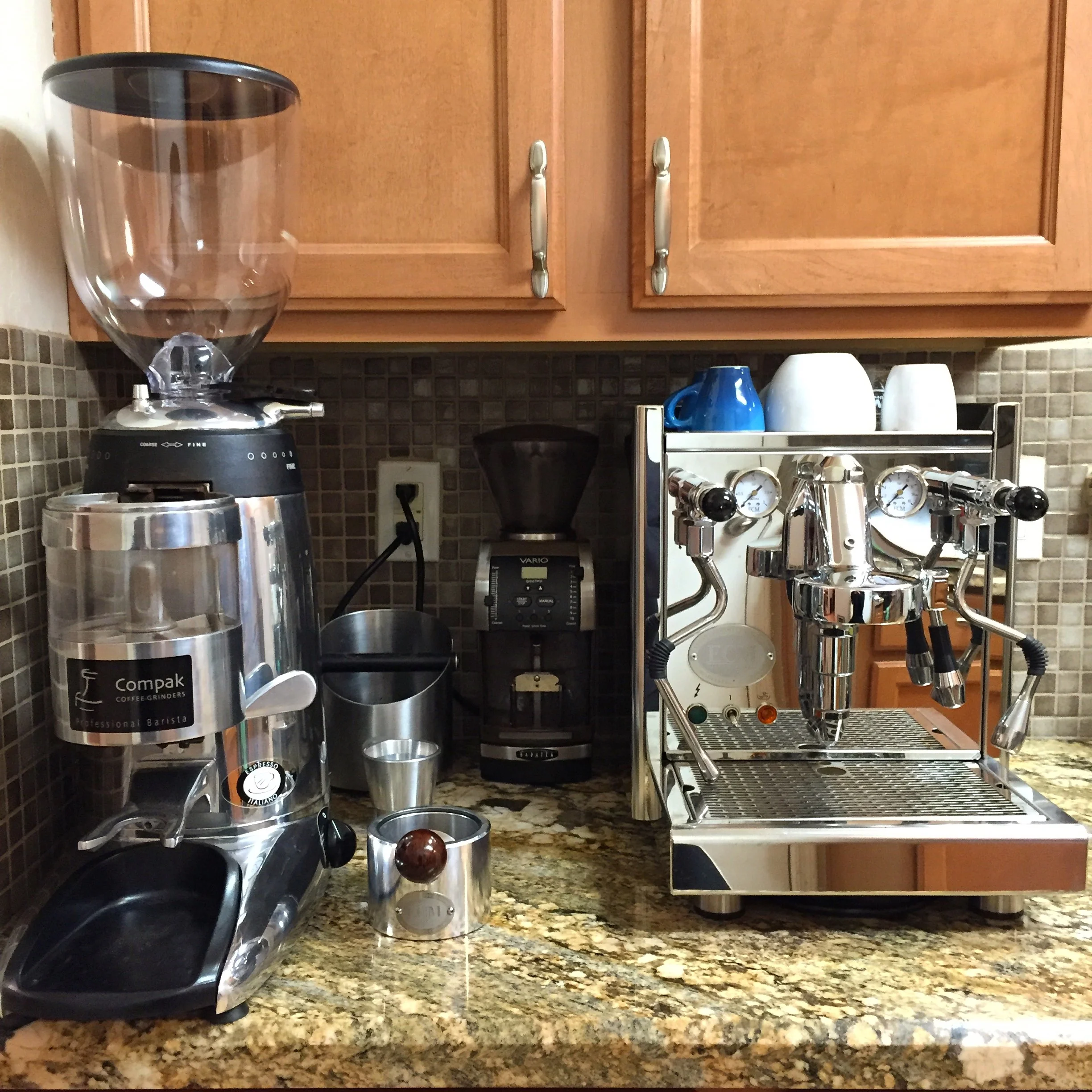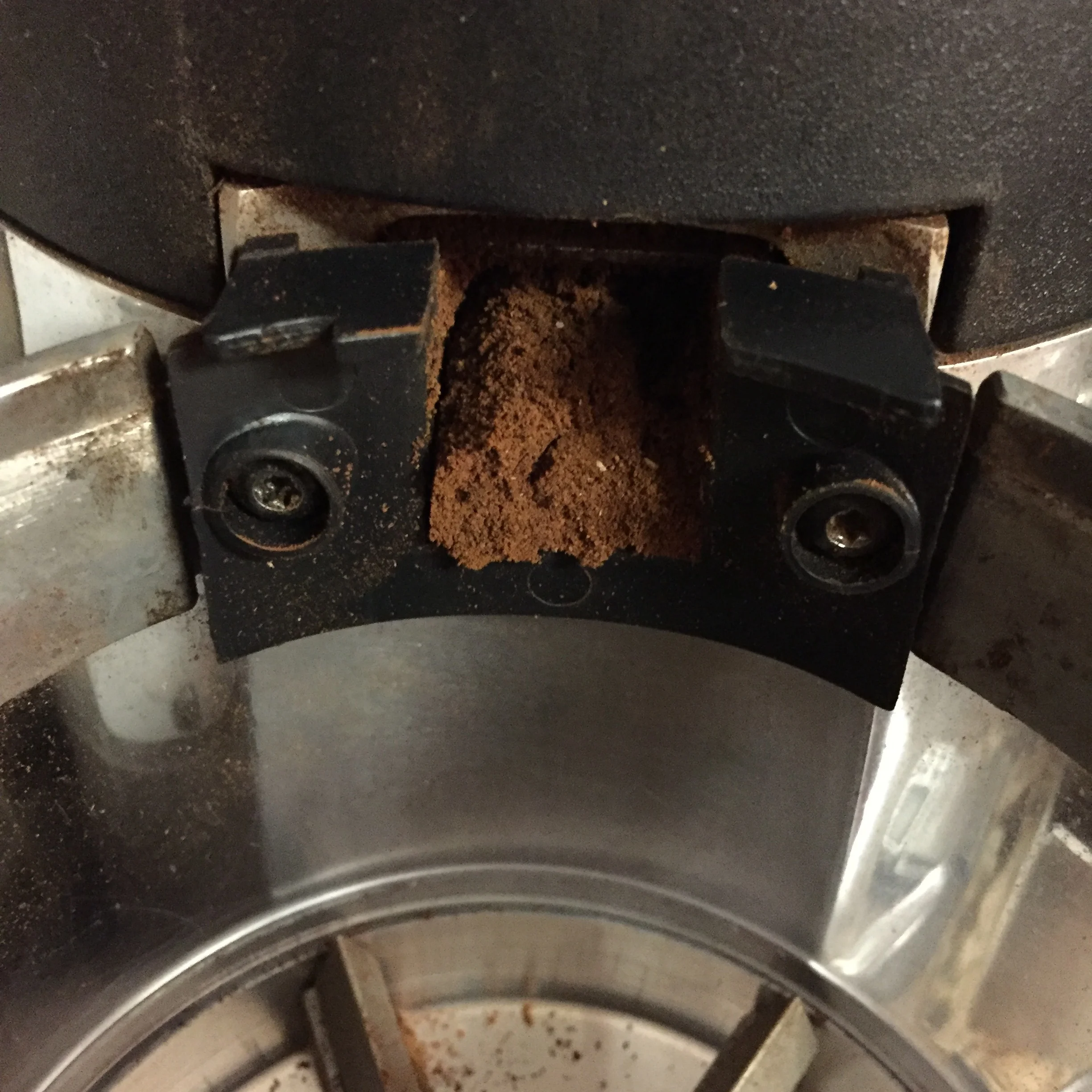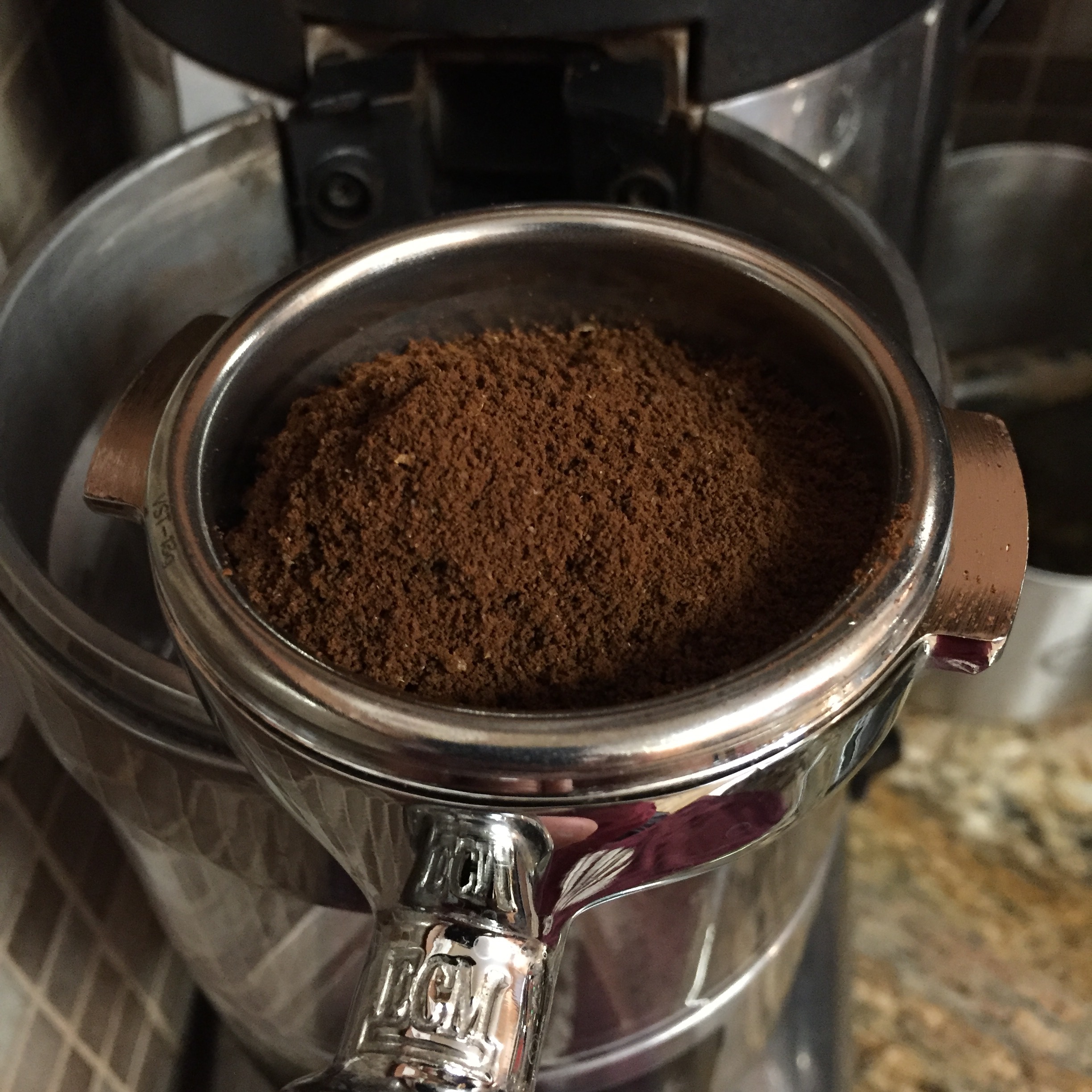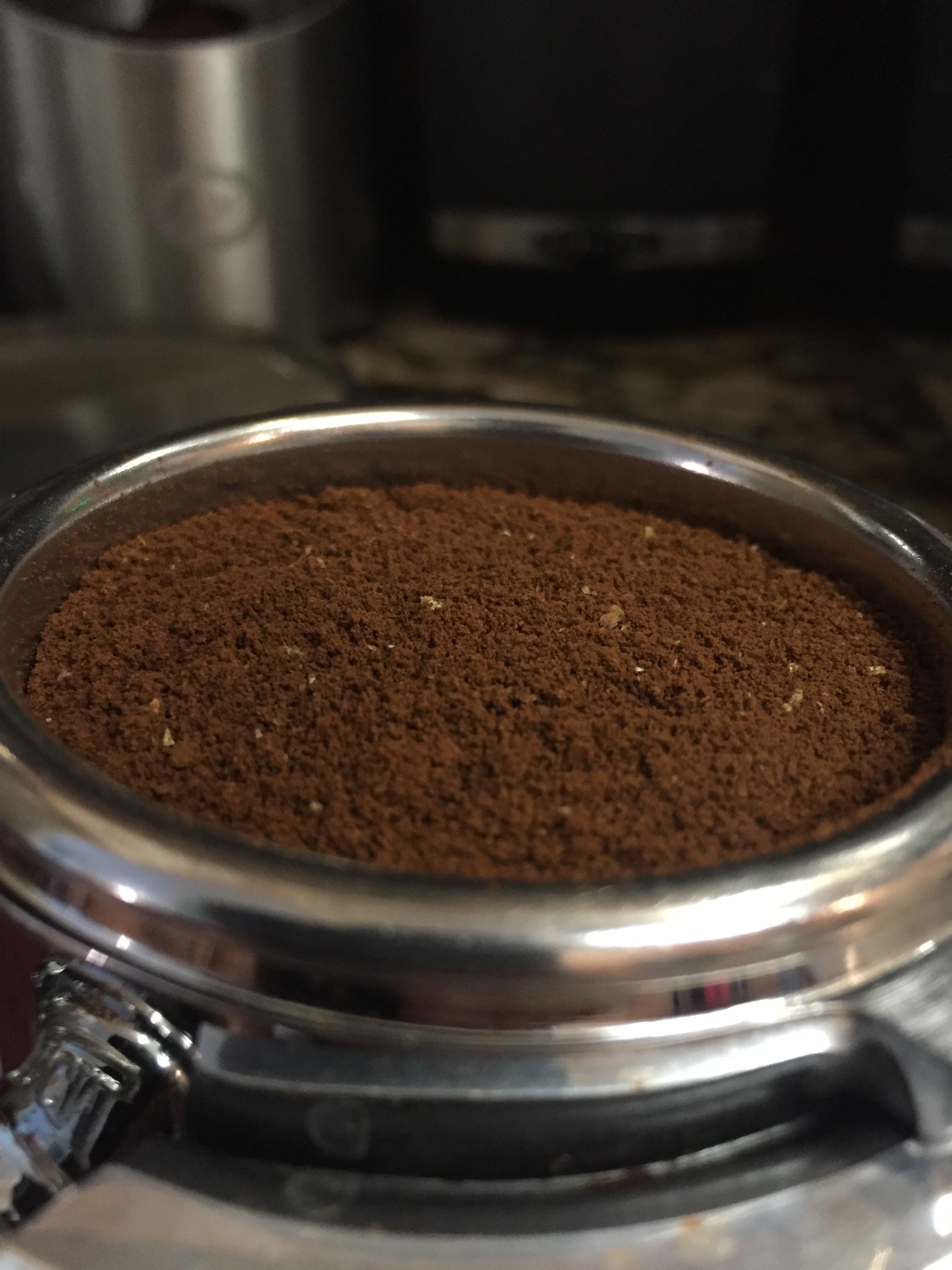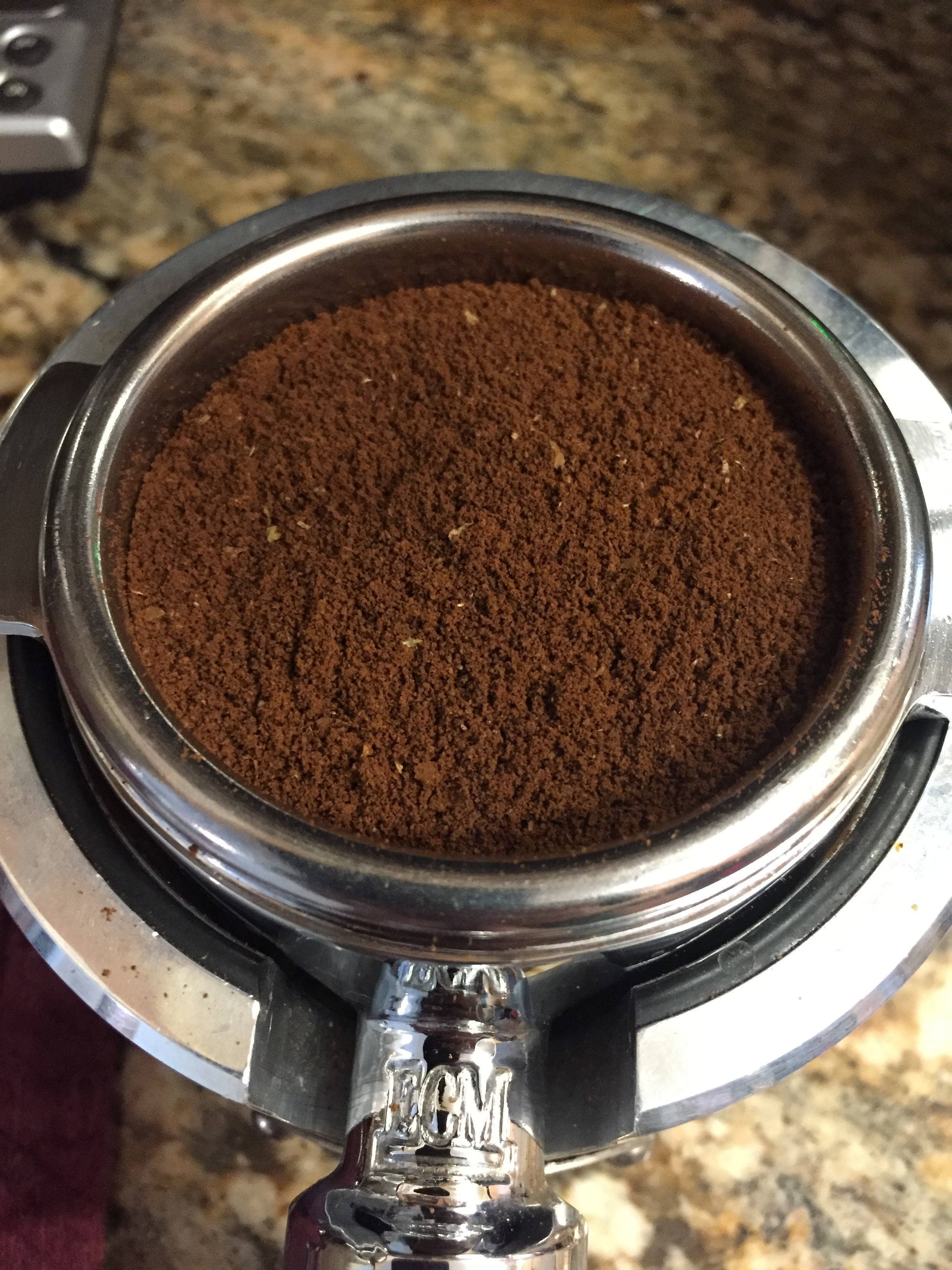When it comes to the upper end of espresso equipment, there are always tradeoffs when using commercially capable equipment in a home setting. One of the main trade-offs of using “Titan” level grinders in the home is that most of them were designed for commercial use, pulling shot after shot all day long. So, if you only pull a couple of shots a day, there will be retention of stale ground coffee left in the grind path the next morning. This can be an issue whether using a hopper, in which case you need to purge the old coffee out before each session, or single dosing, as many commercial grinders might not have access to remove those grinds between shots.
The Compak K10 Pro Barista rose to popularity in the home barista ranks because of its top level grind quality, ability to be modified to eliminate retention to near negligible levels, and single dose the grinder if desired. This requires modifications to the exit chute, such that it can be swept clean of grounds and the mechanical doser, such that it can sweep all of the grounds into your basket. The combination of a grind quality that creates great tasting espresso and the ability to single dose from a motorized grinder do come at a cost in the case of this grinder. The workflow process is one many obsessives have come to accept as being worth it to achieve this combination of flavor quality and minimal retention, but is cumbersome at best.
Grinds chute modified to remove finger guard for easy sweeping. This is before the first sweep, a little less than half of the dose that doesn't fall into the doser on its own.
To grind a shot I have to:
- Run the grinder, which about half of the dose will come out on its own, sweep the chute.
- Turn the grinder off and sweep the chute again.
- Run the grinder once more and sweep the chute a final time (three sweeps).
- Then you need to dose your basket, and potentially sweep the nooks and crannies of the doser to get any remaining coffee out.
This video represents what would pretty much be the absolute longest the single dosing process takes. There's a little metal flap or shield attached to the burr carrier that either acts as a guard or to facilitate the exiting of grounds from the burrs, but occasionally the grinder stops and that plate is in the way and you can't sweep the chute completely clean. Even when this happens, retention is still typically less than .2 grams, but I wanted to make sure I showed zero retention and the extra running (bump) and sweep of the grinder to represent a worse case scenario of sorts.
The upside to using a commercial dosing grinder is the agitation from the doser breaks up clumps, and as you get more familiar with your process you can dose out some pretty even baskets. As you can see, the simple side tapping of the portafilter to distribute the grounds evenly around the basket is quick and effective. I do a couple of settling vertical taps on the counter before tamping (this is one reason I place a towel on the counter). This process, taken from Barista Hustle and Matt Perger, is pretty effective in creating nice even pours from the VST basket with most coffees. With some more fussy coffees, like the Brandywine, WDT was still needed to achieve really even, pretty pours from a demanding basket like the VST, though this is dependent on the coffee used.
Is it worth it?
I still think yes. It is certainly less than ideal, and the workflow required from something like the Kafatek Monolith grinders would certainly be preferred, but at this price point, there simply isn’t another single dose capable, titan level, motorized grinder. You’re next best bet is a HG-1 hand grinder, which new is the same price as I was able to pick up the K10 PB used for.
Taking a look at the size, it’s certainly not small. I’m just able to sneak it in under my kitchen cabinets without a hopper. I use steel ramekins for dosing and these happen to fit right side up into the throat of the grinder perfectly, nicely sealing off the top of the grinder to prevent any popcorning.
The doser in a home and especially in a single dosing scenario, is counter-intuitive, but works quite well, especially eliminating clumps. I don’t use RDT and rarely use WDT, and am able to dose straight into the portafilter and with a few side and vertical taps, get nice bottomless pours. This is semi coffee dependent, as some more challenging single origins do prefer a quick stir (WDT), but overall, this is a pretty simple process of grinding straight into the basket. Once you learn the slightly left throw of the grinds from the doser, it’s no more work than single dosing the Vario, save for the clickety clack of the doser itself.
The most significant reason I upgraded to the K10 for espresso grinding was to maximize flavor and consistency, and minimize variables and any potential that my grinder (Vario) was limiting my espresso potential. The K10 has achieved all of those objectives wonderfully. I’m not going to go through every detail of the grinder because there are plenty of reviews out there, but flavor of the coffee improved immensely: it was sweeter, more transparent, allowing more nuanced flavors to be tasted, and shots were more balanced tasting as well. Consistency was improved in that I really don’t need to change grind much at all when dialing in a coffee, and rarely change the grind throughout using a coffee as it ages. The only time I make larger grind adjustments are when changing baskets or from say a really light roast, washed single origin to a medium roast blend, for example. The fringe benefit to adding the K10 to the repertoire was dedicating the Vario to brew duty, which improved the ease, flavor, and consistency of my brewed coffee immensely.
Conclusion
My goal with this post was to illustrate the single dosing process and share my takeaways on the little things that you might not otherwise pickup on when considering this or a similar grinder. Single dosing with a large commercial grinder comes with its drawbacks, but at this price point, there simply isn't another single dosing capable (zero retention), motorized grinder, with "Titan" grind quality and burrs. There are other grinders in this price point that are usable with a hopper or single dose friendly, but non-motorized, but until you make a jump to something like the Monolith options, there are some concessions to be made.
If you have any questions or clarifications you would like on my experience with this or other grinders, or the process shown above, please feel free to reach out in the comments or send me a message.
